This is how THE HISTORY REMEMBERS Manor house Pálffy
The ruin but also a royal jewel
Manor house Pálffy belongs not only to the oldest monument of the ancient town of Svätý Jur, but it also is a significant part of its over 700-year-old viticultural tradition. Not all the time it was seen in a form of a Manor house. History remembers it mainly as a “land manor” or “royal mansion” with an adjoining garden and vineyards.
The Manor house, as we see it today, was created during numerous construction works. Reconstructions and renovations were required especially after devastating events such as Rakoci’s uprising or the fire that left it in a dilapidated state and looking like a ruin.
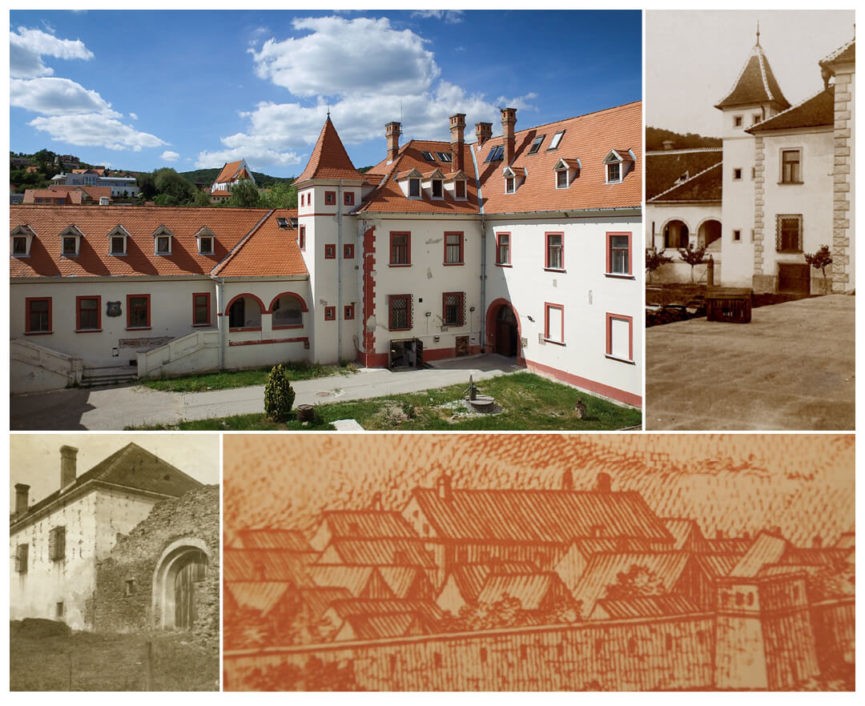
1543
1566 - 1582
16. cent.
1602
1608
1609
18. cent.
1907
1963
NOW
1543
Scholar ŠIMON CAYRO is considered to be the oldest documented owner
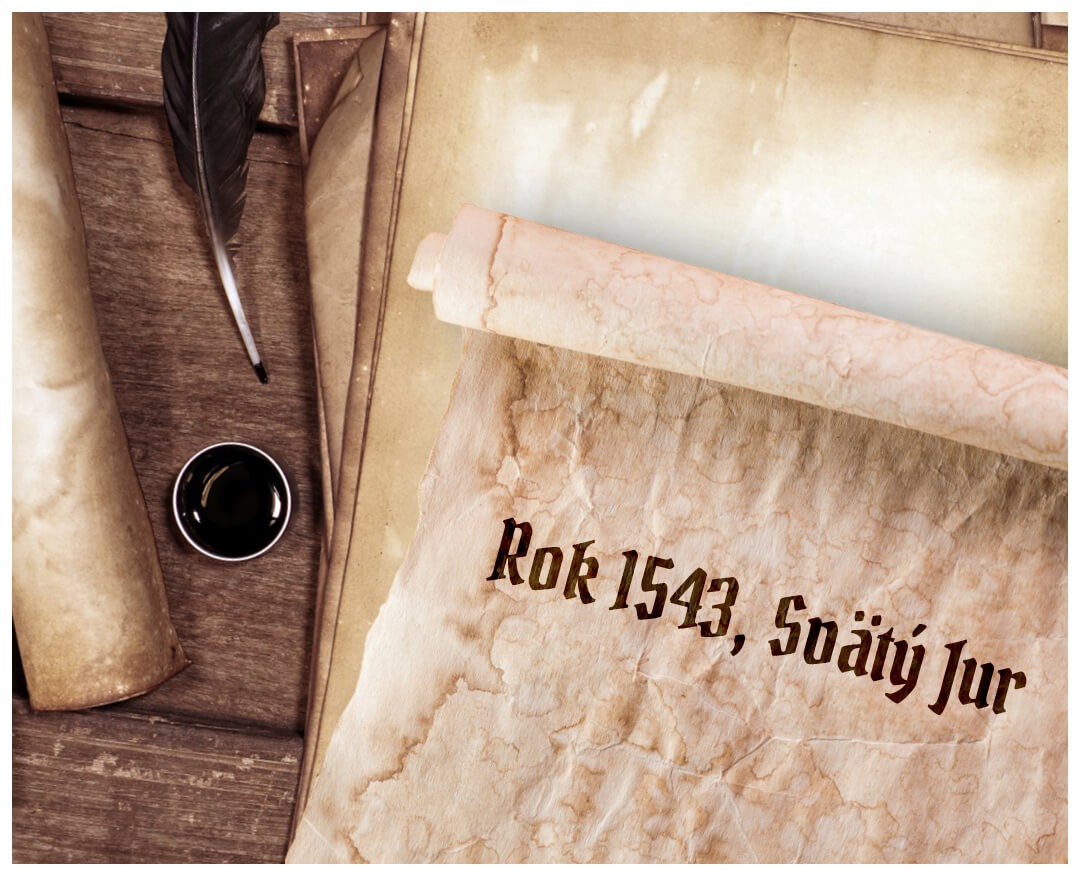
The historians were able to identify his name with the literary man Šimon Cayro de Saluzis, a noble of possible Savoy origin, who, in the 16th century, worked in the service of the Bratislava burgher Ján Szalay. It is unknown how and when he managed to get the Manor house into his ownership, as no written evidence has been found up to now. Because he was a foreigner, the highest possibility is that he could have bought it from the local noble or burgher sometime before 1543.
Read more

1566 - 1582
Collateral owners
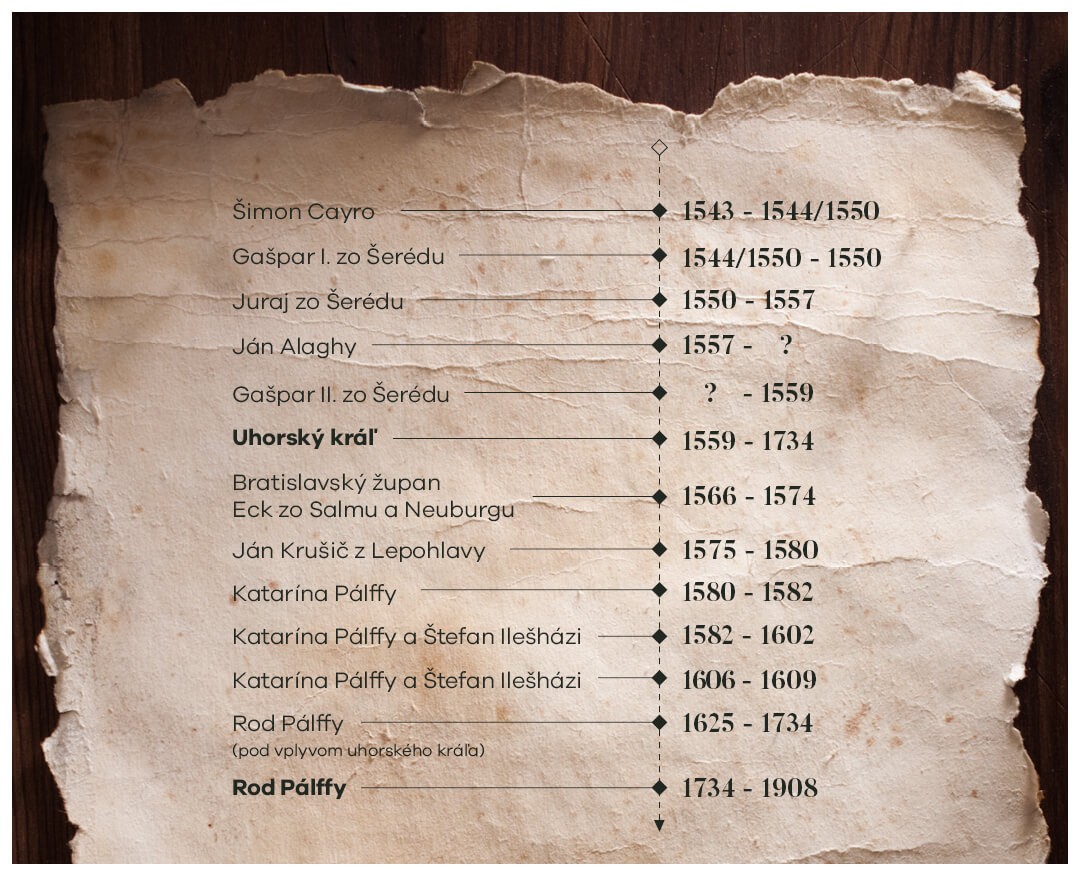
In Pálffy Manor house, the production, storing of wine and wine tapping was very intense because this was told to be the best wine from the whole Bratislava county. Such wine business was a very important source of finances for the imperial treasury, therefore, the manor Svätý Jur and the whole town were in the hands of the Emperor Ferdinand I. of Habsburg. Looting of the imperial treasury, due to Osman war attacks, forced Ferdinand I. to place Svätý Jur as collateral to some of the nobles, enabling him to have a financial loan. The first known collateral owner of the town and the royal manor was Bratislava mayor Eck from Salm and Neuburg, in 1566. After he died in 1575, the ownership came to the hands of a Croatian nobleman Ján Krušič from Lepoglava. Krušič completely reconstructed and rebuilt the manor in Svätý Jur as well as the Pezinok Manor house. Unfortunately, he did not see the results of the final reconstruction. He died 2 years before the work was completed. The ownership, after his death, went to the hands of his widow Katarína Pálffy, and then through her into the hands of her new husband Štefan Illésházy in 1582.
Read more

16. cent.
It was wine that made svätý jur famous throughout the whole monarchy
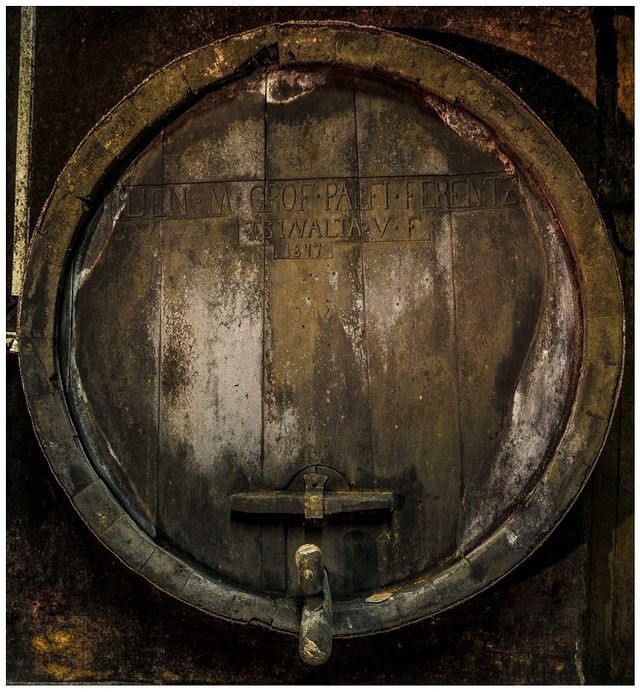
In the busy 16th and 17th centuries, Svätý Jur experienced “a golden age” as it was proclaimed a free royal town, the burghers' old rights were renewed and they were granted new privileges to ensure development and prosperity. It brought the townspeople funds to finance the administration of the town but also to build the city walls and gates.
From time immemorial, Svätý Jur had a high-quality production of wine. The Svätý Jur Samotok, together with Tokaj and Sopron wines, were declared the trio of wines throughout the monarchy. The King of Hungary even exercised the right to dispense 5,500 liters of this noble liquid for his Manor house. Wine had been produced, stored, and bottled in the historical building of the Manor house for centuries.
Evidence of this is also preserved in wooden barrels from the 19th century, on which the name of one of the last owners of the manor, Count Ján Pálffy, stands out. The ViaJur winery, which is housed in the historic cellars of the Manor house, continues the deep-rooted winemaking tradition.
Read more

1602
Fateful years
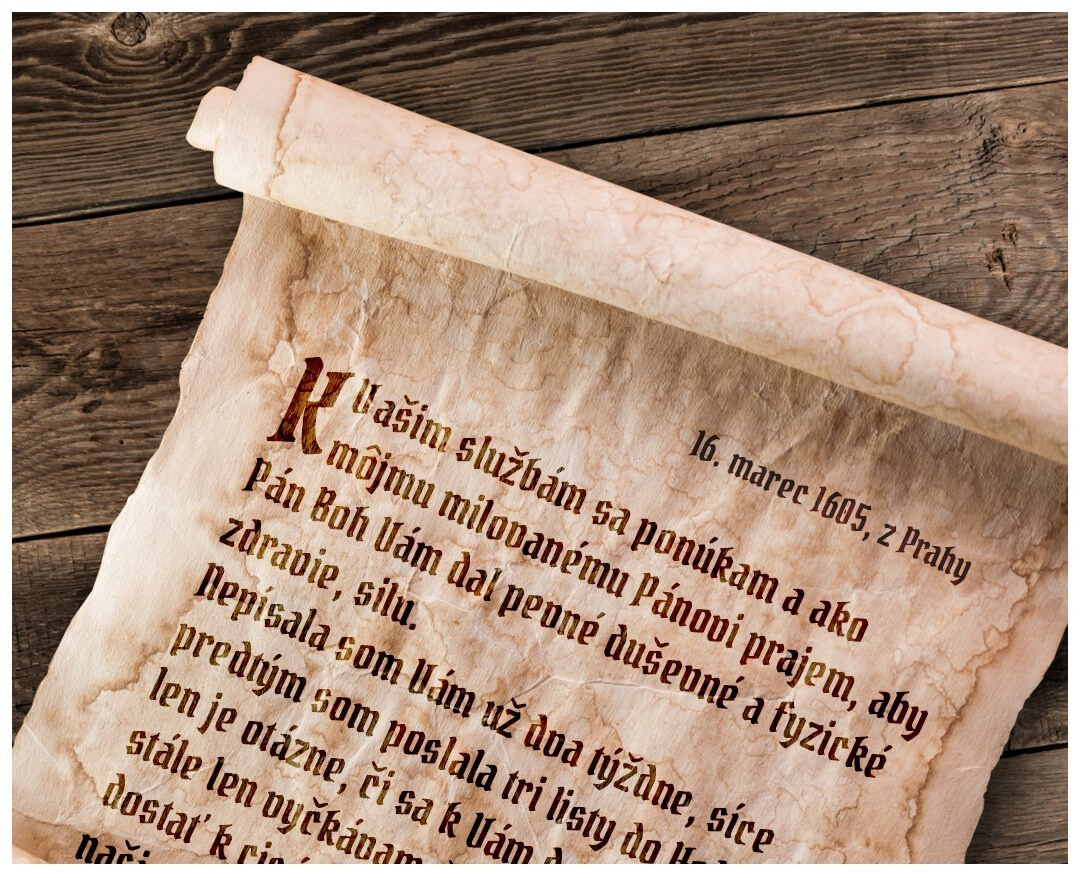
The Manor house in Svätý Jur with its adjoining garden and vinyards grew into the hearts of Katarína Pálffy and Štefan Illésházy. However, money and property had historically been used to incite strife and envy.
The prosperous estates of the spouses thus became a thorn in the side of the Svätý Jur and the Pezinok’s peasants. Even the burghers of Svätý Jur openly expressed their displeasure towards Štefan. They voluntarily collected the necessary amount needed to be redeemed and freed themselves from debts and the authority of Illésházy. Bad words were also brought to the royal court of King Rudolf II. He heard the complaints of the townspeople and in 1602, after the expiration of the "contract" with Illésházy, stripped the couple of their Manor house.
However, Katarína did not intend to give up the pledged assets so easily. The situation escalated to such an extent that Štefan was accused of insulting the King in 1603 and sentenced to loss of property and life.
Illésházy was saved by fleeing to Poland, after which the anti-Habsburg uprising of the Hungarian nobility broke out. Letters documenting the period of difficult political struggles show how Katarína fiercely fought for the Manor house in Svätý Jur.
Read more

1608
Venerable lady Jura – Katarína Pálffy
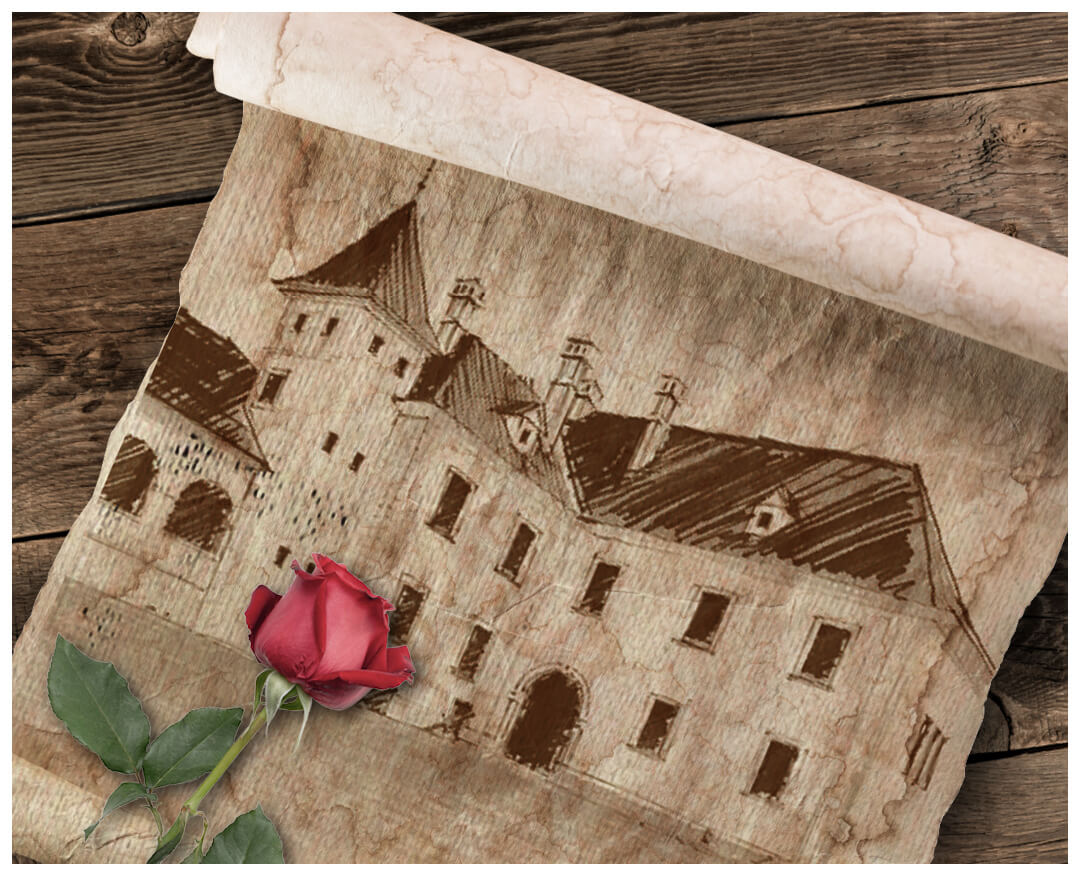
Katarína Pálffy was a very enlightened and resolute woman who was one of the prominent female figures in the history of Svätý Jur. Thanks to her strong determination, the Manor house remained the property of her family despite the power struggles and intrigues. Together with her husband, later the Hungarian palatine Štefan Illésházy, she embarked on the reconstruction of the Manor house, which she continued to persevere with, even after his death.
The Manor house reached an unprecedented BOOM in the hands of Katarína Pálffy and Štefan Ilešházi. From 1608 to 1609, the couple managed to restore the previously started reconstruction of the building and turn it into a Renaissance residence.
However, the couple did not have time to enjoy the renovated Manor house together. The completion was accompanied by a sad event, the death of Štefan Ilešházi. Katarína was deeply affected by the loss of her beloved husband: “The properties can disappear, the wine can be drunk. But love will never perish”.
Read more

1609
The past is forever encrypted into the walls of Pálffy Manor house
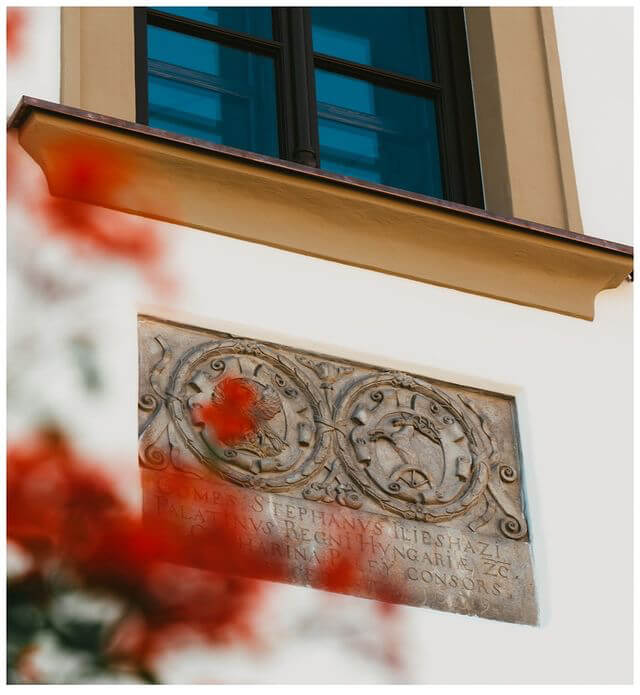
Pálffy Manor house has historically passed through the hands of several owners. Some of them left deep marks on it. We can admire one of the tangible imprints above the portal on the right side of the courtyard. A relief stone with the coat of arms of Štefan Illésházy and his wife Katarína Pálffy was placed there in 1609 when the Manor house was completed into a Renaissance mansion. You can decipher the following text on it:
Comes Stephanus Ilieshazi palatinus regni Hungariae etc. et Catharina Palfy consors fecerunt 1609.
Read more

18. cent.
What did pálffy Manor house look like at the end of the 18th century?
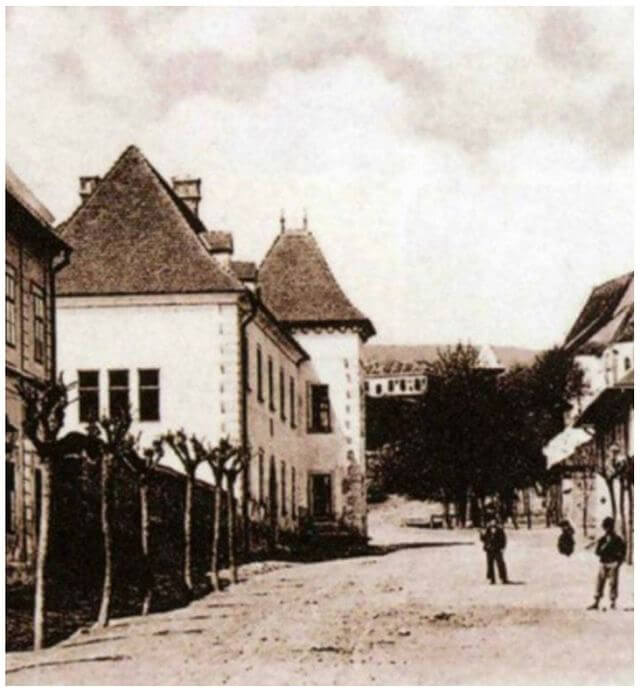
In the hands of the Pálffy family, a busy life reigned in the Manor house. However, you would not have experienced exuberant celebrations of the nobility or spectacular social events there.
The busyness was due to the fact that the Pálffy’s were permanently renting a large part of their living space to others. In 1798, the Manor house was inhabited, together with the Pálffy’s, by a manorial forester, a winegrower, an innkeeper, two butchers, a retired officer, and also a manorial farmer.
Rudolf and Ján Pálffy, at that time owners, had their own wine presses and stored their wine, which rested in wooden barrels in adjoining rooms. In the second part of the Manor house, there was a beer tap, which was a thorn in the side of the townspeople, who were hindered by its competition. However, the right to tap beer and wine remained in the hands of the Pálffy family even after the bourgeois protests.
Part of the area was a large stable with a double gate, which at the time of the grape harvesting was used to house men's oxen. There was a distillery in the courtyard with all the necessary equipment.
Read more

1907
The year 1907 – a breaking year for the Manor house
The last owner of the Manor house from the aristocratic Pálffy family performed a generous deed when in his Last Will and Testament, he bequeathed the Manor house to the children's hospital.
Ján Pálffy also added 60,000 gold coins to it so that it could be rebuilt and properly furnished for this purpose. This happened in 1907.
The healing rays of the sun resting on the surrounding slopes with the vines had a beneficial effect on the health of the little patients who went to the Manor house to recover.
It was a pity that it served this noble purpose only for a few years. With the coming of war came the change, which not only turned the character of the town, but also of the Manor house.
Read more
1963
The Manor house boasts the status of a national cultural monument
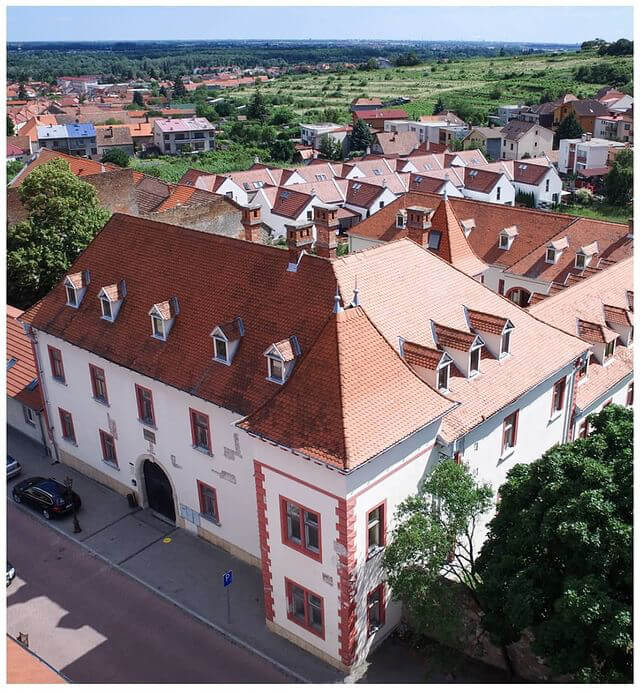
The jewel of Svätý Jur gained national significance when it was inscribed to the list of national cultural monuments, on 17th July 1963.
This happened at a time when the premises were being converted into rental apartments used by the MNV (Town Committee) House Administration. The façade and roof of the Manor house were still marked by war damage, which necessarily required repair.
HOW SOCIALISM CHANGED THE FACE OF THE CASTLE
The historical value of Pálffy Manor house was degraded during the 20th century. The building was taken over by the administration of the MNV (Town Committee), and the whole house was rebuilt as rental apartments.
The Manor house went through reconstruction in 1967. The façade, exterior plaster, window and door coatings, grooved roofing were restored, all chimneys were demolished and newly rebuilt.
Construction modifications continued in the 1980s. Gas and water distribution systems were installed, and the tenants were able to build a sewerage system. Part of the building was used by the United Farmers' Cooperative, which led to several conflicts with tenants, which were caused mainly by the movement of heavy machinery, damaging the courtyard.
In the 1990s, the United Farmers' Cooperative took over the Manor house completely and subsequently carried out the reconstruction, which was done very insensitively and left devastating traces on the Manor house. The premises were converted into offices and part of the building became a pension.
The historical story of the Manor house, marked firmly by the fates of the powerful aristocratic Pálffy family, seemed to have faded in time. But not forever.
Read more

NOW
2017 – present time
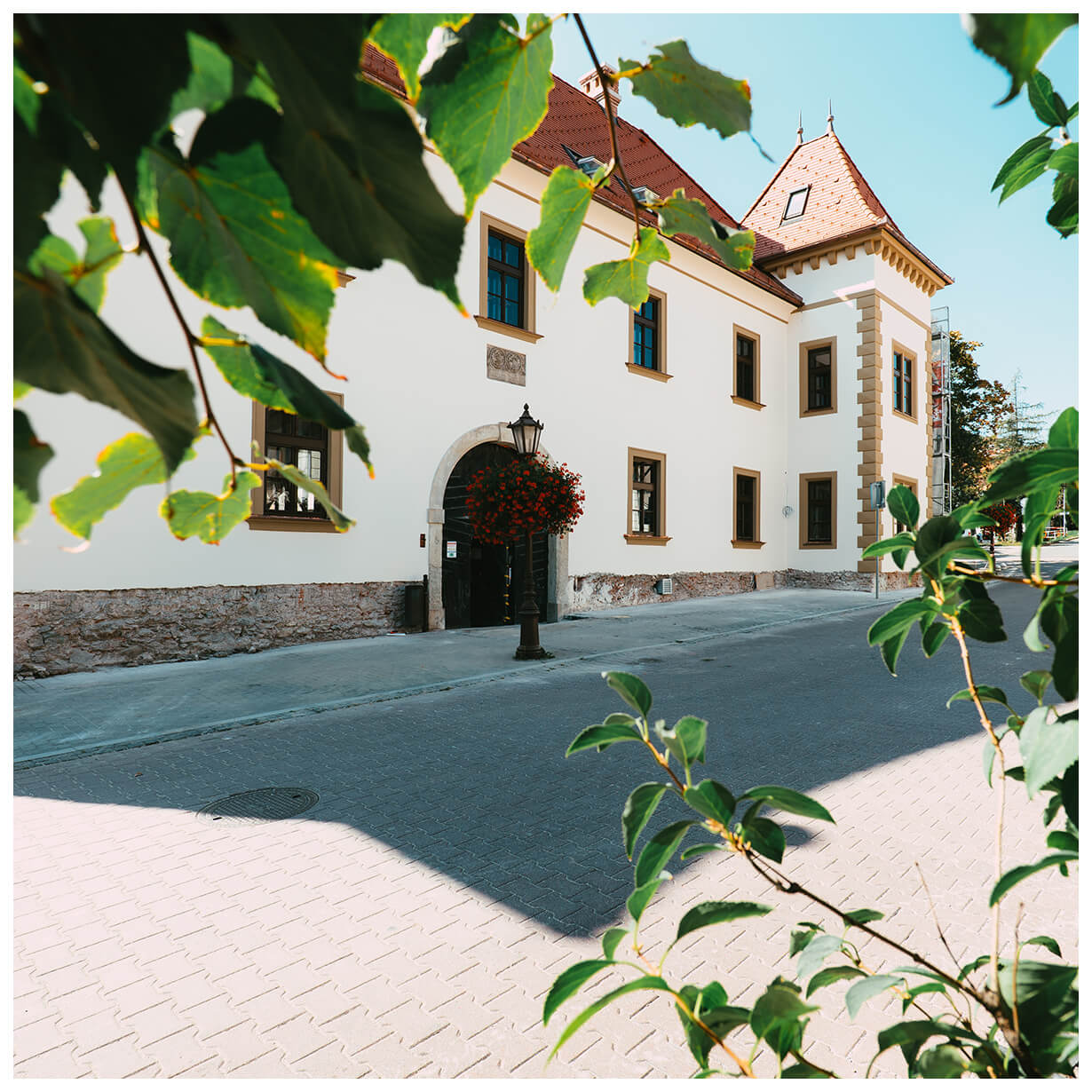
The almost forgotten beauty woven in the Manor house by the noble families is coming to life again and you may be among the first to be able to have a peek behind its walls!
The Renaissance Manor house is again the pride of the town of Svätý Jur. In addition to its beautiful silhouette, which gives Svätý Jur its unique character, it brings a time-shrouded piece of winemaking history and tradition of Pálffy wine cellars into the present. These cellars have been hiding centuries of honest winemaking and art, which is now being used by the ViaJur winery.
Winemaking had been buried in the Pálffy's cellars for centuries. But now, ViaJur wine production has returned to historic Pálffy's cellars, growing and managing the vineyards in two places - Svätý Jur and Farná. ViaJur remains faithful to the traditional, centuries-proven production of wine, which they have improved with modern technologies. The pride of this winery is the Jurassic Riesling (Rhine).
Read more

